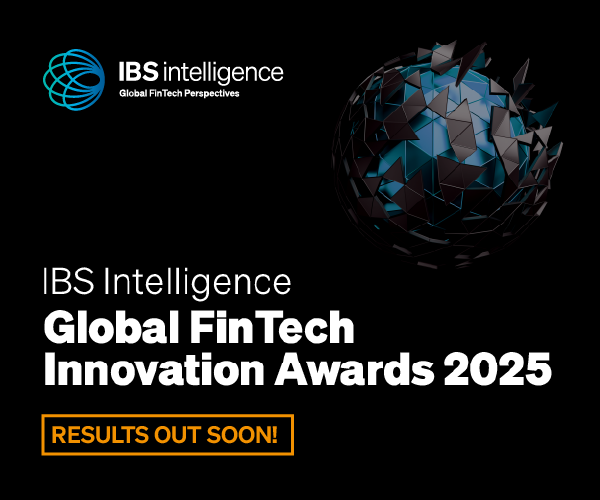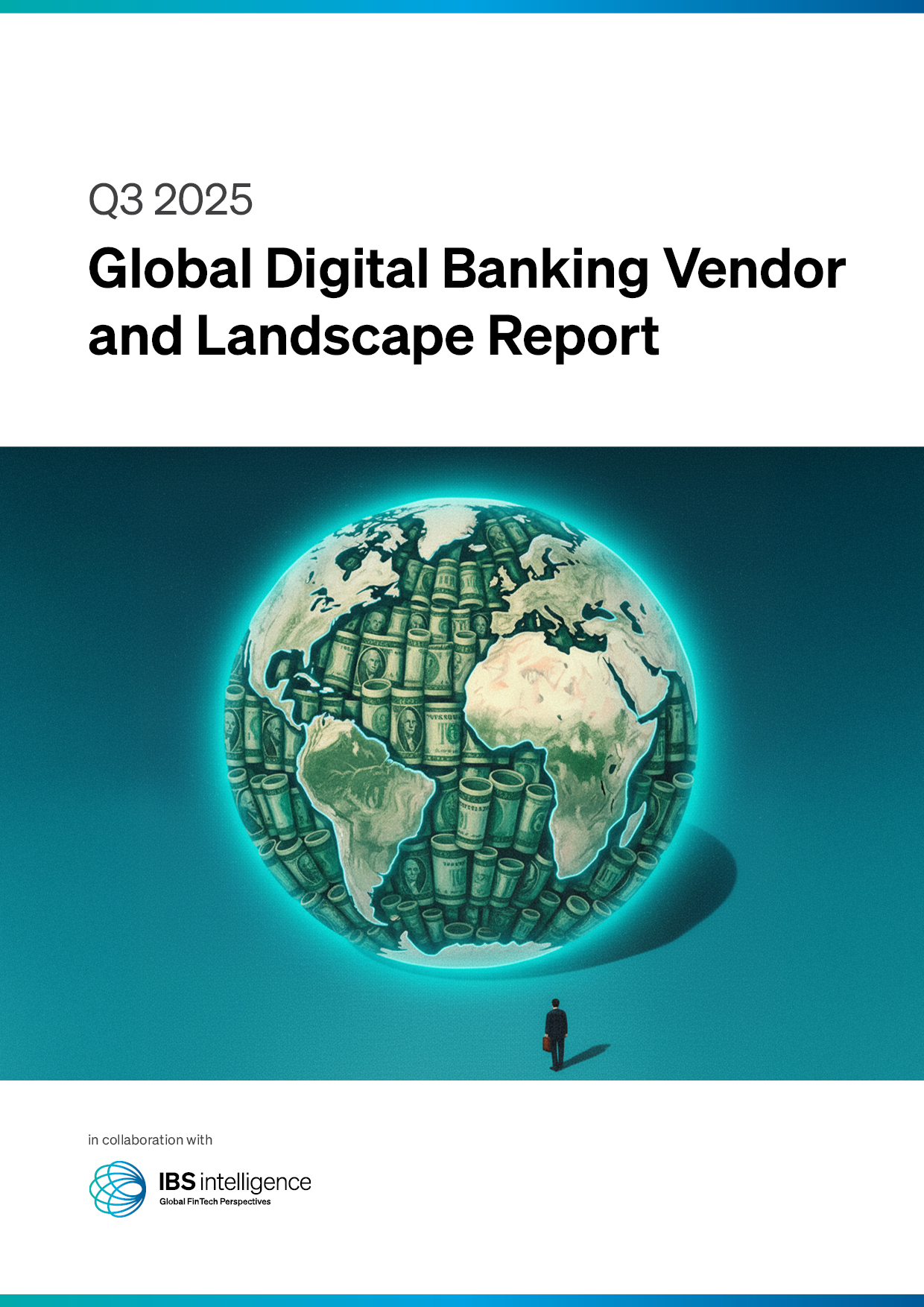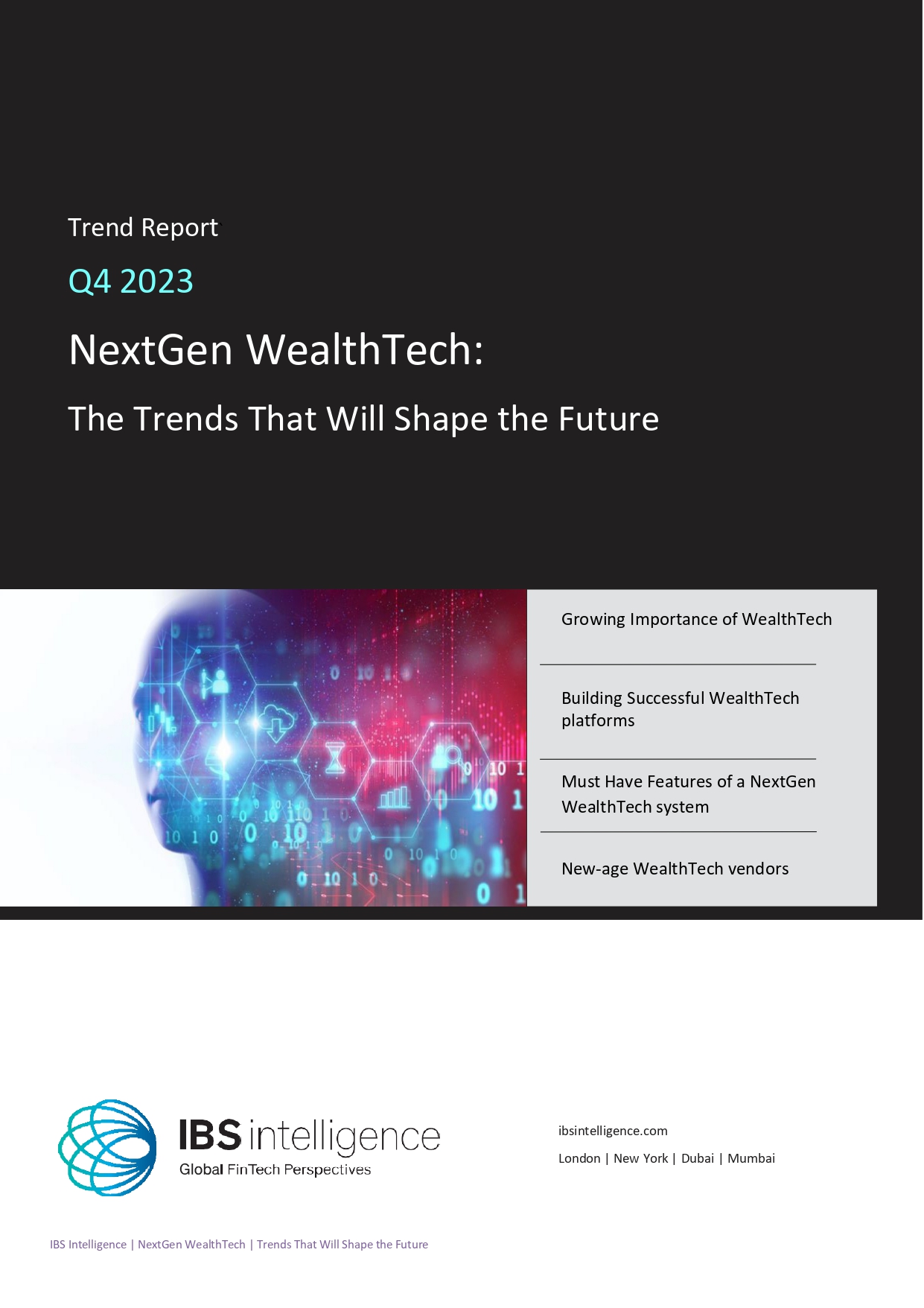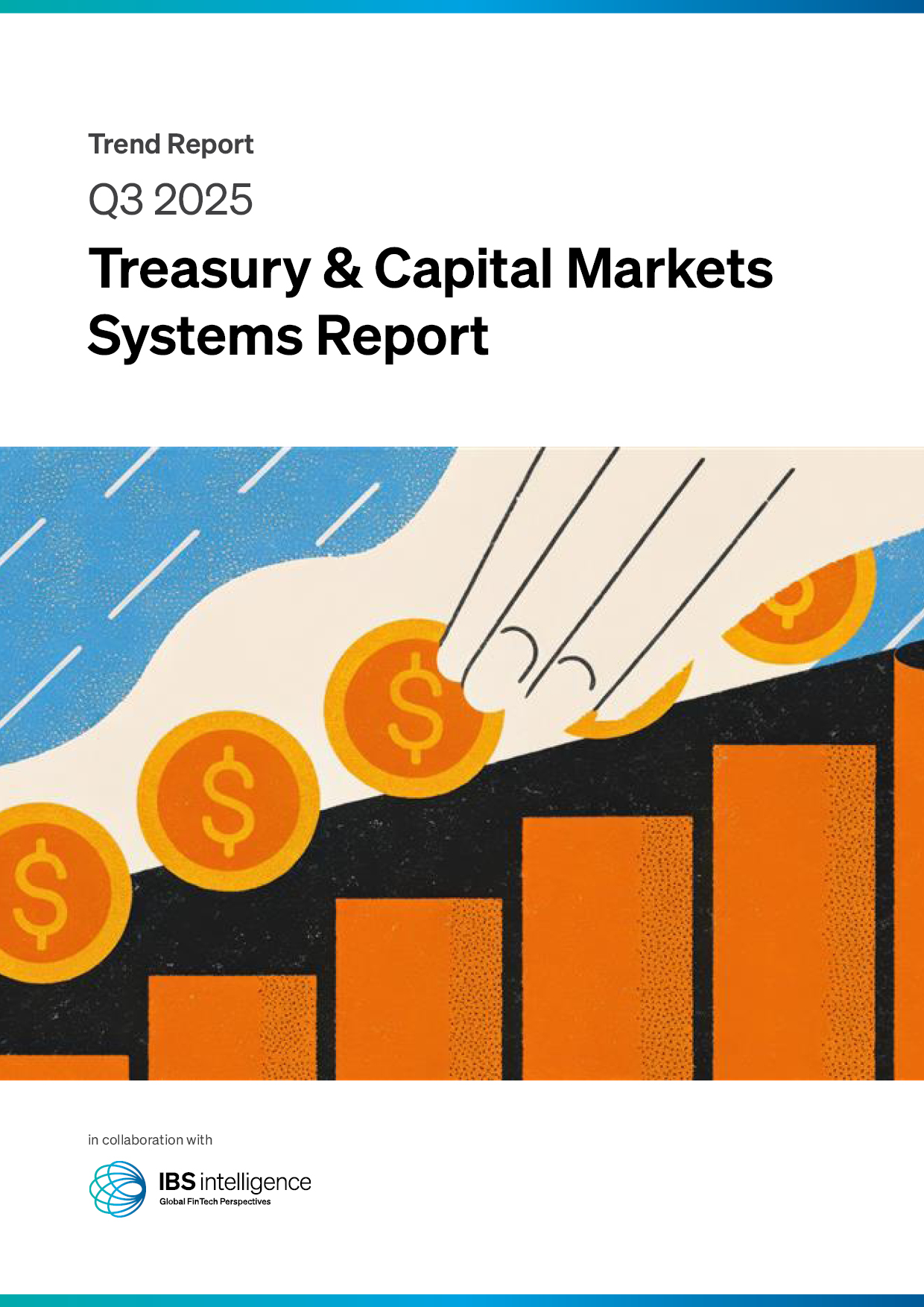 Back
Back
Metal credit cards to hit $10.5bn by 2031 on premium banking surge
By Puja Sharma


In 2024, the global market size of Metal Credit Cards was estimated to be worth $2.32 billion and is forecast to reach approximately $10.5 billion by 2031 with a CAGR of 24.4% during the forecast period 2025–2031.
Trends Influencing the Growth of the Metal Credit Cards Market:
Hybrid metal cards are driving growth in the metal credit cards market by offering a cost-effective yet premium solution that appeals to a wide range of consumers. These cards typically combine a metal front with a plastic back, allowing issuers to provide the tactile and aesthetic appeal of full-metal cards at a lower cost. Hybrid cards retain compatibility with standard card readers and support contactless payments while delivering a luxurious feel. Financial institutions prefer hybrid cards to balance durability, weight, and customisation options. As banks aim to differentiate their premium offerings without significantly increasing production costs, hybrid metal cards are emerging as a popular choice among mid-tier and premium customers, supporting wider adoption across global markets.
Full metal cards continue to influence the growth of the metal credit cards market by targeting ultra-premium customer segments that demand exclusivity and status. These cards are made entirely of metal, typically stainless steel or aluminum, offering exceptional durability, weight, and aesthetic appeal. Issuers often associate full metal cards with elite membership tiers, concierge services, and travel perks, enhancing the perceived value of their credit offerings. Consumers view these cards as status symbols, prompting financial institutions to use them for customer retention and brand positioning. As high-net-worth individuals seek distinct experiences and premium services, the full metal card remains a key driver of growth in the high-end segment of the market.
Custom metal cards are contributing significantly to the metal credit cards market by catering to growing consumer demand for personalisation and brand identity. These cards allow users to customise aspects such as material finish, engravings, color, and logos, creating a unique card experience. FinTech companies and challenger banks are leveraging custom metal cards to appeal to millennials and Gen Z customers who value individuality and design. For corporate clients, custom metal cards also serve as branding tools for executive teams and VIP clients. As personalisation trends continue to shape consumer preferences, the demand for customisable metal cards is expected to increase, driving innovation in card design and issuance technologies.
The global shift toward premium banking experiences is a fundamental driver for the metal credit cards market. Customers increasingly associate physical card design with service quality and exclusivity. Metal cards, through their weight, finish, and sound, provide a tangible sense of value that reinforces the premium nature of financial services. Banks and FinTech providers are leveraging metal card offerings to position themselves as aspirational brands, particularly in emerging markets where lifestyle banking is gaining traction. This growing interest in upscale customer experiences continues to fuel demand for metal cards, prompting issuers to diversify their product portfolios to include both hybrid and full metal options for high-value clients.
FinTech startups and challenger banks are disrupting the traditional credit card industry by adopting metal cards as a differentiation strategy. These companies use metal cards to gain attention, attract young digital-savvy consumers, and build loyalty in a competitive market. By offering personalised, sleek, and technology-enabled cards, FinTech players appeal to modern consumer expectations around aesthetics and functionality. Unlike traditional banks, FinTech firms are more agile in launching innovative card designs, including biodegradable coatings, hybrid constructions, and unique finishes. As the FinTech ecosystem continues to expand, metal credit cards are becoming a standard component of their product offerings, fueling steady demand and pushing the market into new demographics.
What Are the Key Factors Driving the Growth of the Metal Credit Cards Market?
- Banks and FinTech firms are adapting to consumer demand for premium, personalised, and technology-integrated payment solutions.
- Innovations in card material, customisation, and digital compatibility are shaping the market.
- Issuers are targeting high-income individuals, entrepreneurs, and trend-conscious millennials.
- Hybrid metal cards are making premium designs more accessible to mass affluent customers.
- Strategic collaborations between card manufacturers and financial service providers are expanding product portfolios and scaling production.
- The evolving definition of luxury and focus on enhanced customer experience are becoming key differentiators.
- The market is positioned for continued global expansion across various geographies and banking segments.
IBSi FinTech Journal
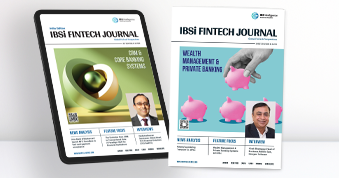
- Most trusted FinTech journal since 1991
- Digital monthly issue
- 60+ pages of research, analysis, interviews, opinions, and rankings
- Global coverage



